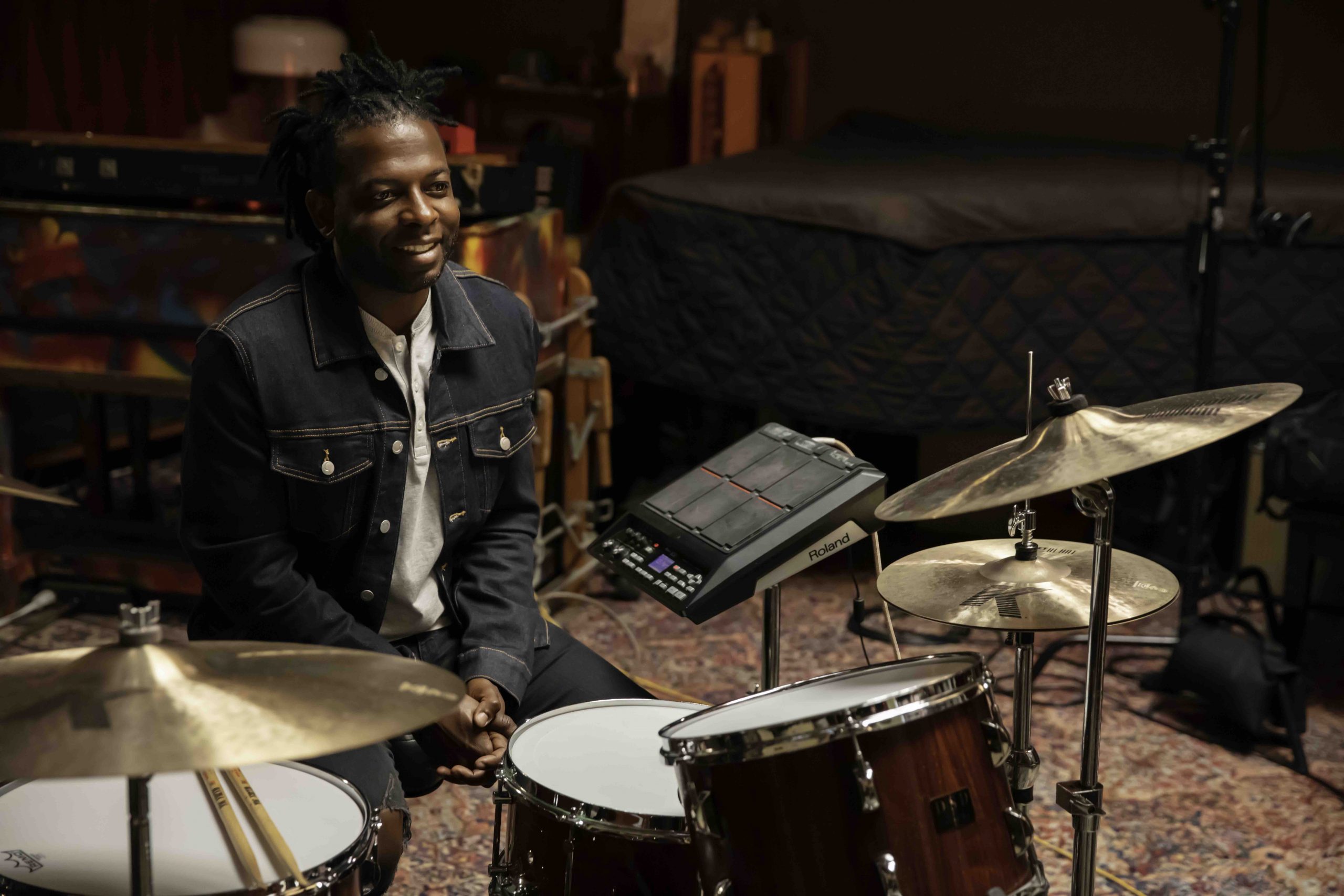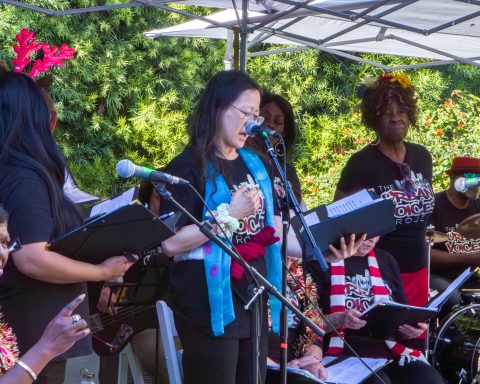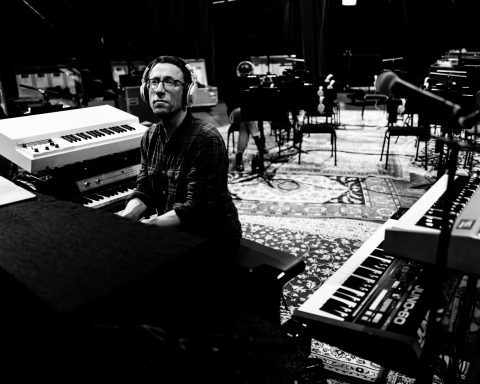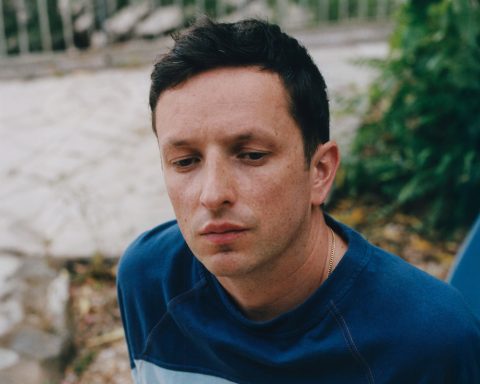The dramatic arc of Curtis Byrd’s life is a story of talent, perseverance, and passion. Beginning as a youngster in church musical groups, the drummer/percussionist has backed up some of the biggest names in music. He also founded Rhythm for Change, a community committed to creating positive change through the therapeutic art of drumming. Byrd believes in the power and importance of rhythm—the unique groove we all have inside of us. He discusses the twists and turns along his journey from Chicago to Portland to Los Angeles and how the beat has always been there to guide him.
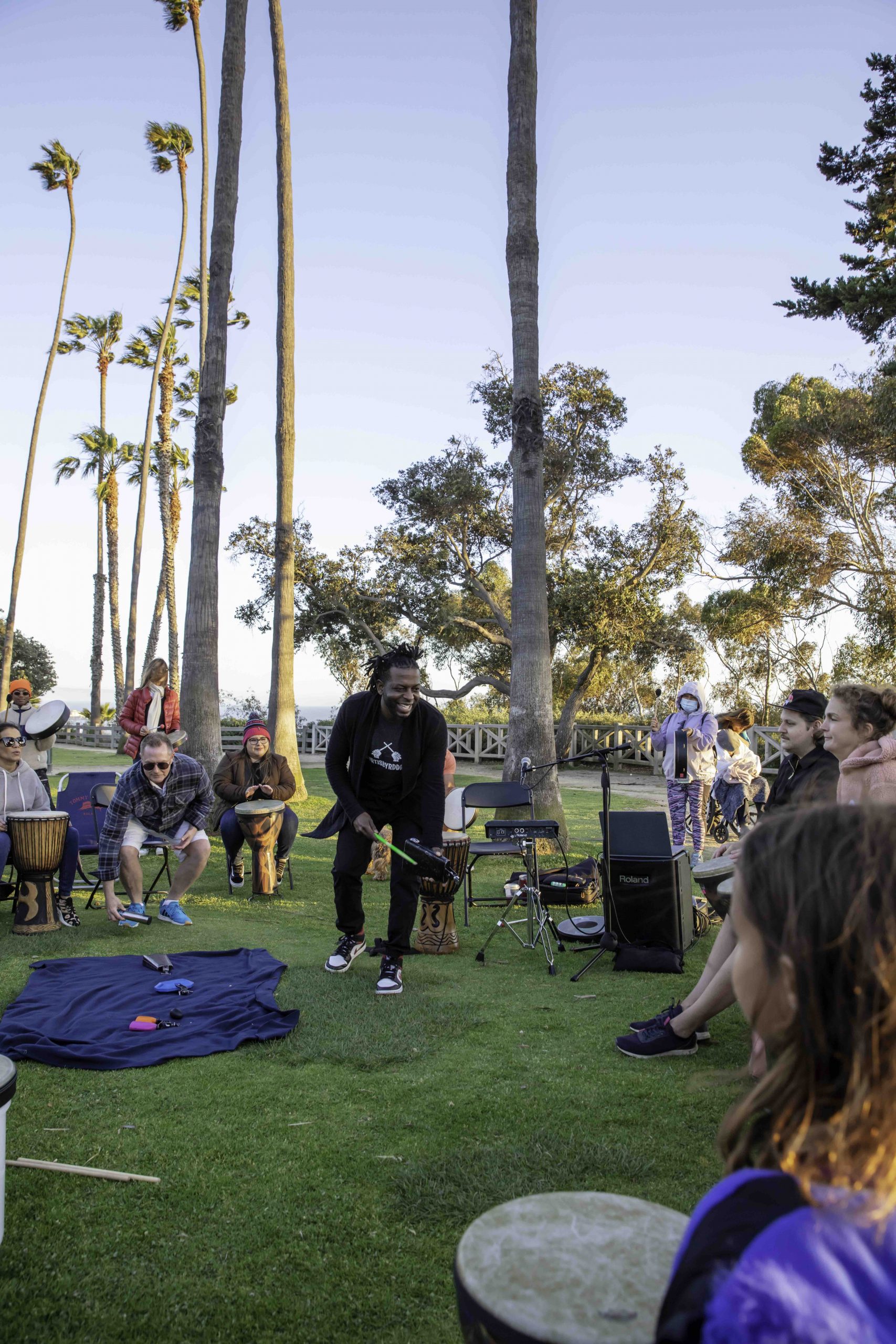
Safe Haven
Born in Chicago, Illinois, one of seven children, Byrd started drumming at age two. His initial musical experiences were in church. “Sitting behind the kit was amazing because I was so young. It gave me confidence,” Byrd remembers. “They saw something in me as a child that I didn’t see myself. That made me keep going.”
This expressive outlet soon helped Byrd navigate the challenges of young adulthood. “Music was a playground I had to myself. I grew up stuttering, so I was the kid who didn’t say much,” Byrd shares. “My drum set was my safe haven, my fun, my prayer, my altar.” It provided protection as well. “Those kids who teased me—they couldn’t come on the drum set and do what I did.”
Culture Shock
But whatever security he amassed as a renowned hometown drummer was soon thrown to the wind. When he was twelve, Byrd’s family moved from the Midwest to Portland, Oregon. Life in the Pacific Northwest required adjustments. “It was a big culture shock coming from the South Side of Chicago,” he recalls. “Everything changes for you–the way you eat, the way you think, the weather, your friends.”
"It was a big culture shock coming from the South Side of Chicago. Everything changes for you–the way you eat, the way you think, the weather, your friends.”
The prevalent musical styles of the region took getting used to as well. “Musically, I was introduced to Nirvana and Green Day,” Byrd laughs. “The worship was different too. Coming from the black church, we had no setlist. All of a sudden, I’m playing a rock groove, more raucous instead of gospel.” The combination of backgrounds shaped Byrd as a player and a person. “It’s eye-opening to come from both places, and I still carry that vibration today.”
Crunch Time
After honing his chops with regional soul legend Linda Hornbuckle, Byrd took to the sky to pursue his next career step. This time the destination was Los Angeles, CA, where he had a spot in a well-known music program. However, when he arrived, Byrd experienced a wrinkle in his plans. “The first day of school, I got called in to see the financial aid department,” he remembers. “They told me my financial aid didn’t go through, and I had to pay or leave school.”
Having his opportunity yanked away when it was so close shattered Byrd. “I remember walking down Hollywood Boulevard crying, thinking if I went back home, I was a failure.” Then while playing his trusty Djembe drum at a Coconut Teazer nightclub jam session, a percussionist invited Byrd to accompany her. She immediately hired him for another gig.
“That’s how I got my start drumming in L.A.,” Byrd says. “I would go to all the open mics because everybody needed a beat.” The same thing happened during his day job at Crunch Fitness, a Hollywood workout hotspot. There, Curtis began to provide rhythmic accompaniment to all manner of exercise classes.

“That's how I got my start drumming in Los Angeles. I would go to all the open mics because everybody needed a beat."
Making Connections
The gym’s celebrity clientele filled each day with networking opportunities. “I was telling Seal, Scott Weiland, Dave Navarro that I played music.” One Crunch regular was a lawyer for a legendary rapper’s estate. She took note of Byrd’s intuitive abilities and offered him a shot drumming for Baby Bash. The catch was the show was in a matter of days.
The experience was a turning point for Byrd and a perfect example of being in the right place at the right time. “That was the biggest show of my life at the time: Wango Tango opening up for Mary J. Blige. I’d never played in front of a hundred thousand people,” he smiles. “It was another steppingstone.”
From there, things fell into place, and Byrd’s new home city became the musical mecca he hoped it would be. In fact, that Baby Bash gig led to Byrd lending his talents to everyone from Frankie J to the Agape International Spiritual Center House Band.
"That was the biggest show of my life at the time: Wango Tango opening up for Mary J. Blige. I’d never played in front of a hundred thousand people."
New Challenges—New Opportunities
“2020 was a very trying time for people,” Byrd remarks, referencing the global pandemic. “There were no shows, no music going on. Everybody was locked in their house.” The isolation inspired Byrd to create an outlet, a way to gather when that simple act was challenging. “A friend and I got together to do a small group drumming circle, and we put it on Instagram. It started with four people. Suddenly, we had 50. Then, everyone tells a friend, and the next time we did it, 300 people show up.”
The organic growth of these drum circles makes sense to Byrd. “I had this vision of rhythm, for change, to bring people together,” he says. “They felt a sense of belonging, of releasing negative energy, and drumming up goodness in our life.”
Summer of Change
The Black Lives Matter movement further focused Byrd on the mission of the drum circles. “The moment brought everyone together under those circumstances. I knew the rhythm would open up a space for everyone who didn’t have a voice to drum up a voice.”
The spirit of the period even inspired the group’s moniker. “It gave us a very powerful name, Rhythm for Change. Like, ‘What are you changing about the current events in the world to make it better?’”
Byrd underlines the importance of Rhythm for Change during those tumultuous times. “Whether you were playing drums, playing a shaker, dancing, or just holding good energy, you were part of a community.”
"Whether you were playing drums, playing a shaker, dancing, or just holding good energy, you were part of a community."
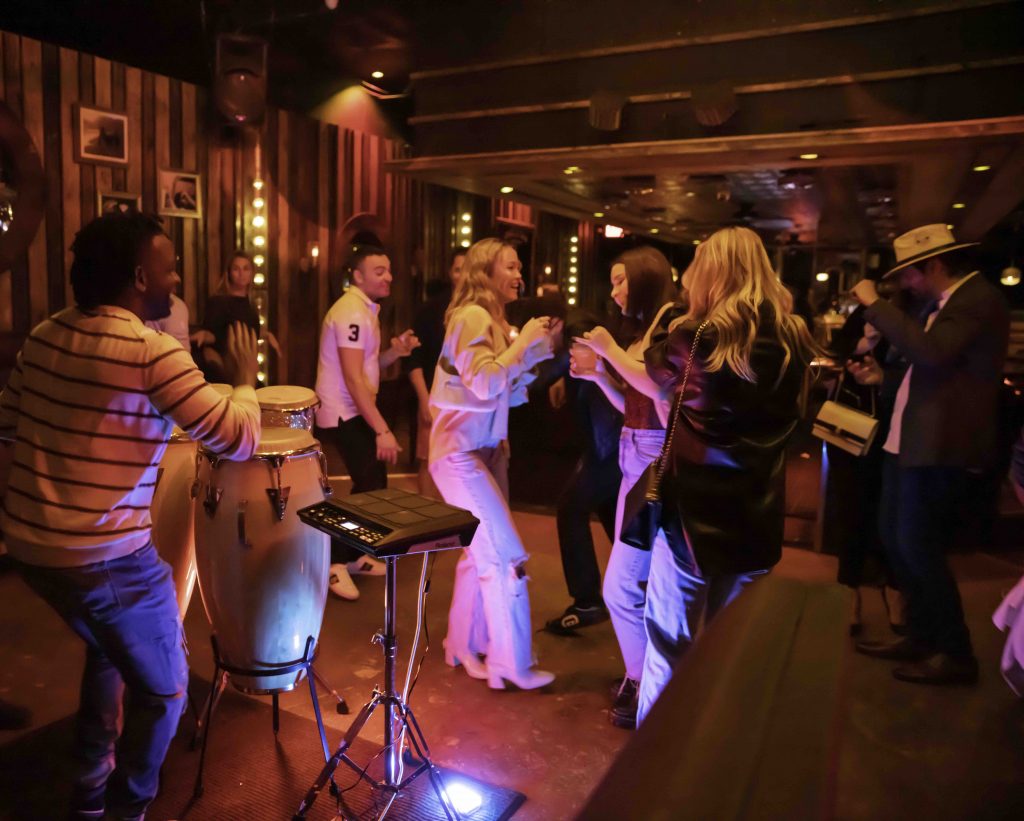
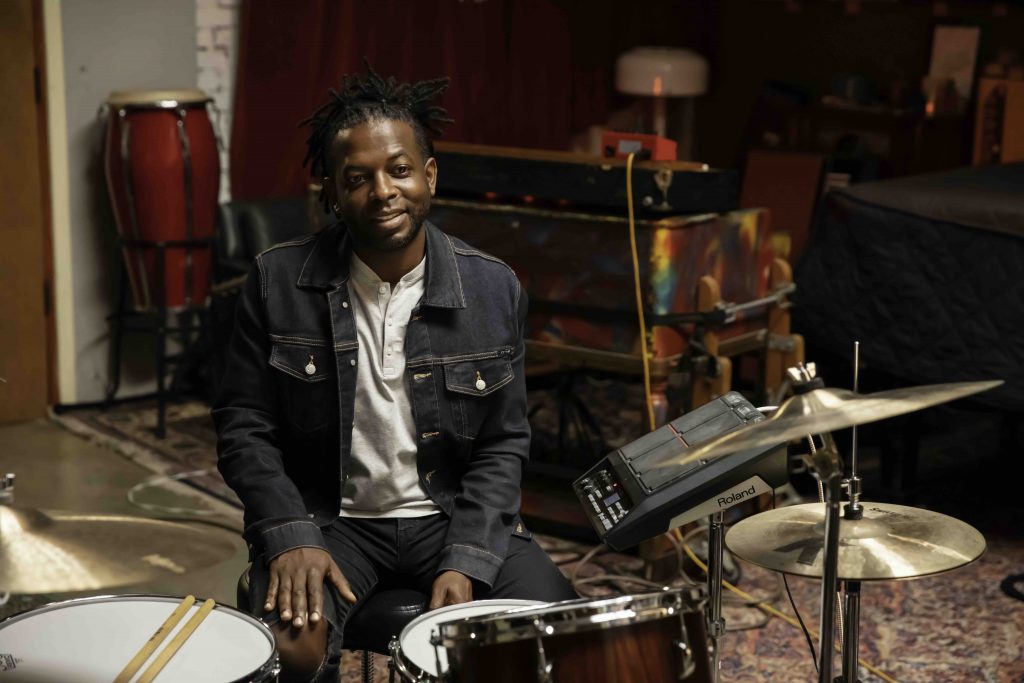
Unique Artist, Unique Setup
As the world has opened up, Byrd continues to find fresh opportunities, including an appearance in Doja Cat’s “Vegas” video. Byrd has amassed extensive film and TV credits with longtime partner Colin Wolfe, a Crunch connection who has worked on projects for Dr. Dre, Madonna, Aretha Franklin, and others. Together, the prolific pair has contributed music to NASCAR, the NFL, and other outlets. In addition, Byrd is the founder of YogaBeats and BEATS Rx, a pair of classes incorporating hand drumming, yoga, meditation, and fitness.
To meet these diverse situations, Byrd keeps his setup adaptable, using a variety of drums tailored to each circumstance. Still, one instrument has become essential to his performances: the SPD-SX. “The first time I used the SPD-SX, I had everything in one,” he recounts. “That was a game changer.”
The malleable SPD-SX integrates into whatever style Byrd is playing. “With a hip-hop artist, I’m definitely bringing a full kit and my SPD-SX,” he explains. “If I’m doing a DJ and drums, I’ll use my congas, SPD-SX, maybe a couple of cymbals.”
“I'm facilitating and allowing people to play their energy, to go deeper, to drum up good vibrations for their life.”
One Beat, One Soul, Together as One
Pivoting between glitzy live scenarios and earthy drum circles takes a special kind of musician. For Byrd, it’s a calling that reaches back to his days in church. “Having everyone drum together is a spiritual thing,” he emphasizes. “I’m facilitating and allowing people to play their energy, to go deeper, to drum up good vibrations for their life.”
It makes sense that a drummer who “started drumming on pots and pans” now helps others find their percussive path. For Byrd, it all boils down to that sense of an internal beat. “We talk with it. We walk with it. We are rhythm.”
There is a particularly moving phrase that his drum circles chant. “One beat, one soul together as one. One beat, one soul together as one,” Byrd repeats. “People vibrate from putting those affirmations into rhythm.”

